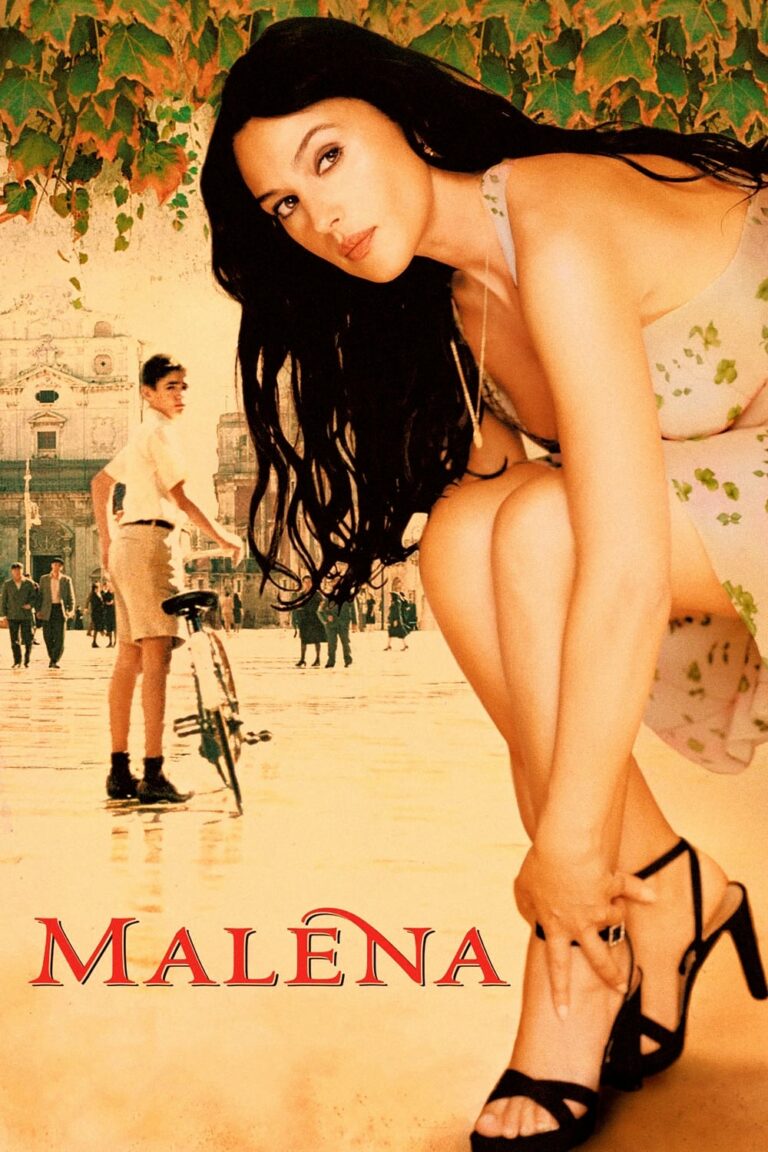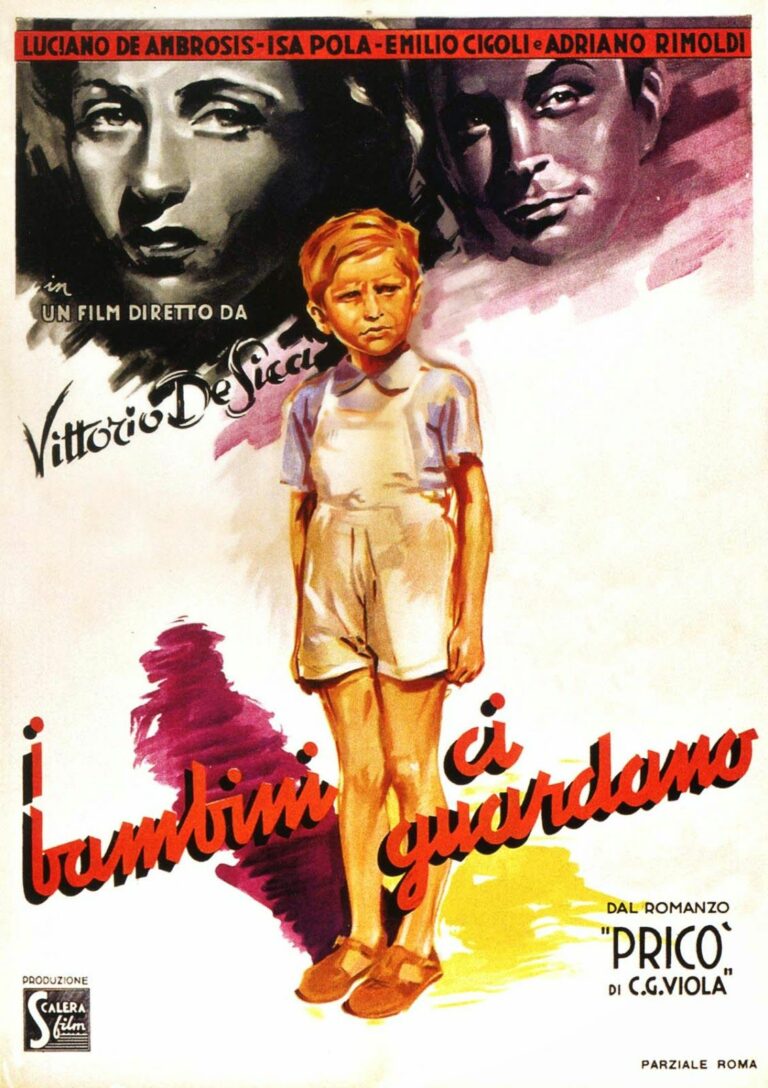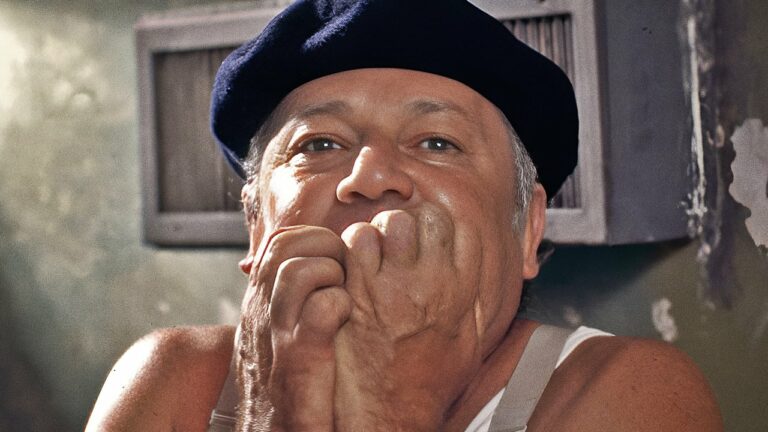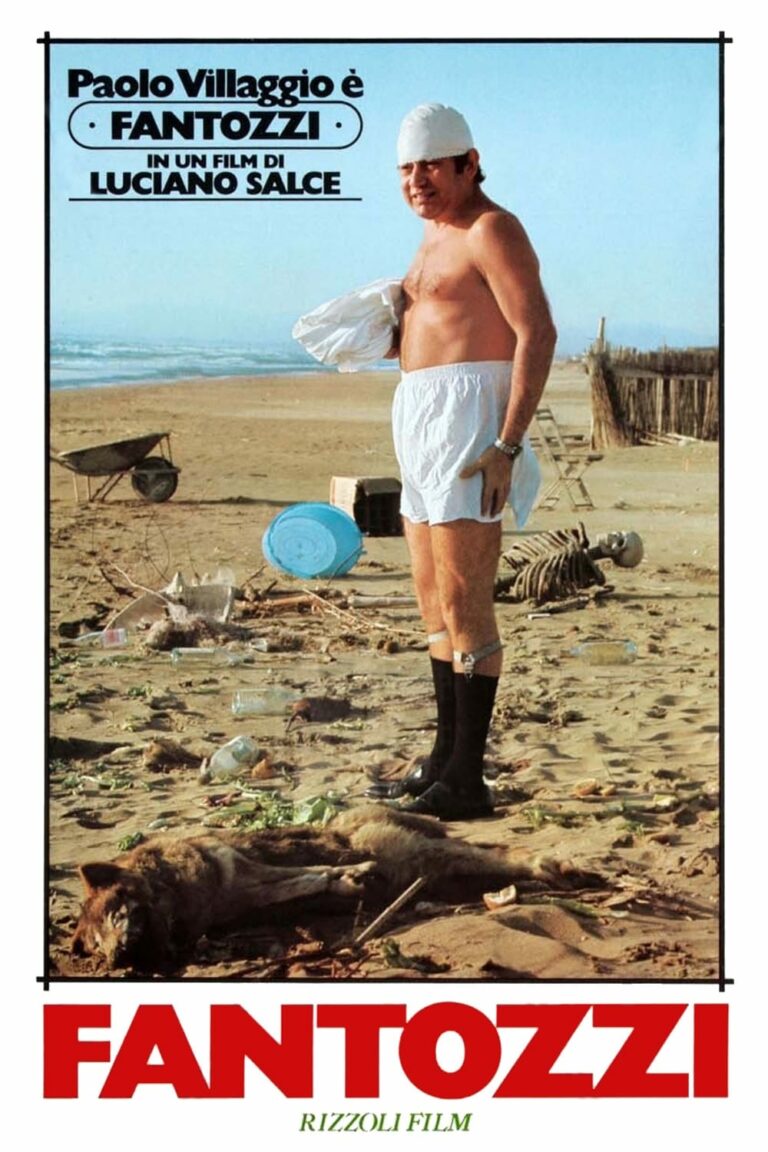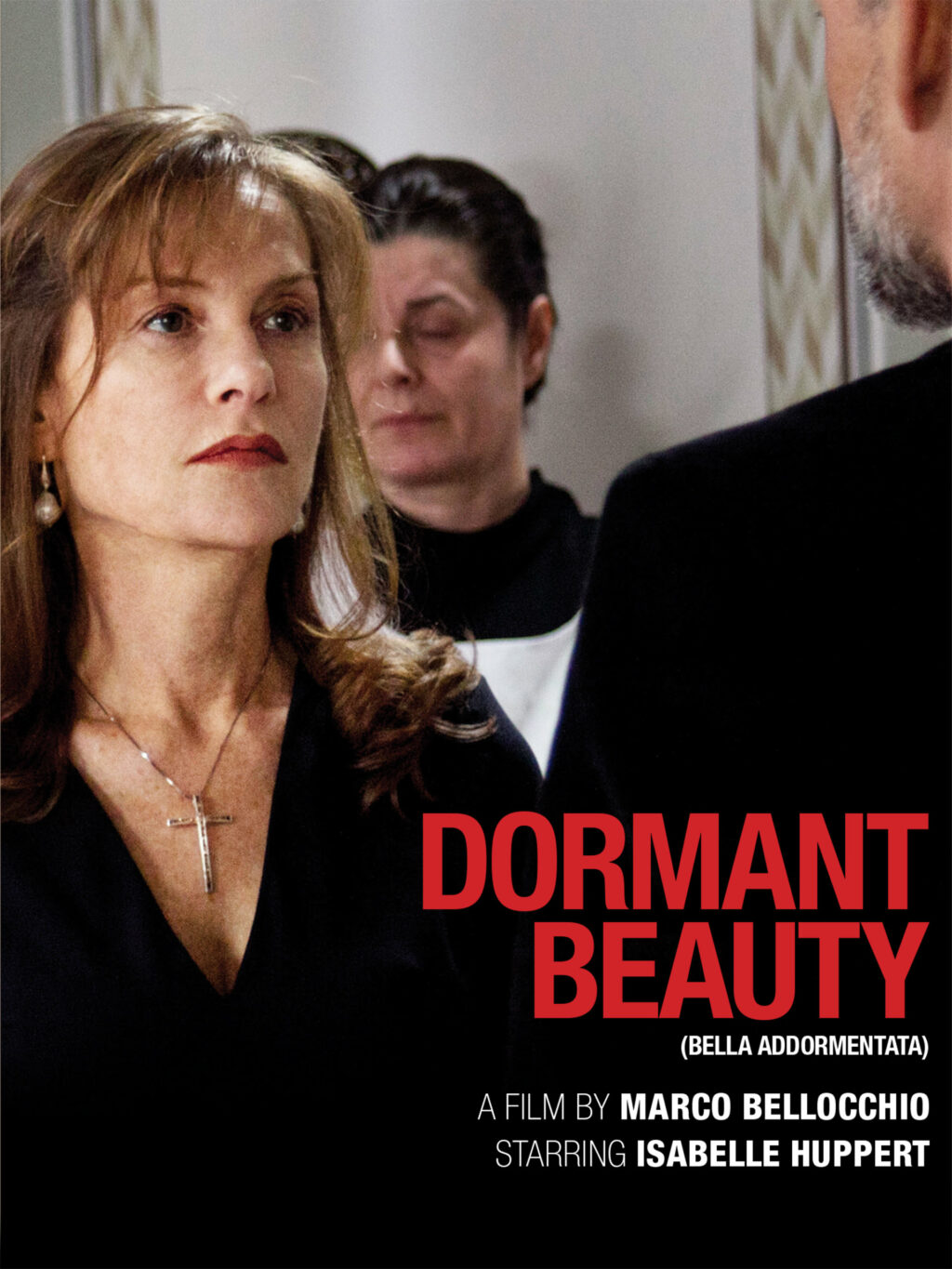
Dormant Beauty (Bella addormentata), a 2012 Italian drama film directed by the acclaimed Marco Bellocchio, is a poignant exploration of moral, political, and spiritual dilemmas. With standout performances by Toni Servillo, Isabelle Huppert, and Maya Sansa, the film presents a thought-provoking narrative inspired by real-life events.
The film was selected to compete for the prestigious Golden Lion at the 69th Venice International Film Festival, a testament to its artistic merit and relevance. Maya Sansa’s riveting performance earned her the David di Donatello Award for Best Supporting Actress, further cementing the film’s critical acclaim.
Plot Summary: A Multifaceted Drama Rooted in Reality
Set against the backdrop of a highly controversial moment in Italian history, Dormant Beauty unfolds in 2009 during the widely publicized case of Eluana Englaro. Eluana, a young woman left in a permanent vegetative state after a tragic accident, becomes the center of a heated national debate over euthanasia.
Eluana’s parents, grappling with the anguish of her condition, decide to end her life-support treatment—a decision met with fierce resistance from the Catholic Church, political figures, and segments of the Italian public. Their struggle becomes a focal point for discussions about personal rights, state intervention, and the sanctity of life.
Within this broader context, Bellocchio weaves together multiple interconnected storylines, each exploring different facets of the euthanasia debate and its ripple effects on individuals’ lives:
1. A Political Dilemma
A politician serving in Silvio Berlusconi’s government faces a moral crossroads. Despite party loyalty and political pressure, he contemplates voting against a proposed bill that would outlaw euthanasia. His decision pits personal convictions against professional obligations, highlighting the ethical challenges faced by public servants.
2. A Struggle with Faith
The film delves into the life of a devout Catholic woman, played by Isabelle Huppert, whose faith is tested as she clings to the hope of miraculous healing for her own comatose daughter. Her character embodies the intersection of religious belief and personal suffering, offering a deeply emotional perspective on the euthanasia debate.
3. A Tale of Redemption
Another subplot follows a troubled young woman who contemplates suicide by overdosing on heroin. Her despair is interrupted by the intervention of a compassionate nurse, whose empathy and understanding guide her toward hope and healing. This storyline underscores the fragile line between despair and redemption, drawing parallels to the broader theme of life’s sanctity.
Themes and Narrative Depth
Dormant Beauty stands out for its nuanced portrayal of complex themes:
Ethical Ambiguity
Rather than taking a definitive stance, the film presents a mosaic of perspectives, inviting viewers to grapple with their own beliefs about life, death, and autonomy.
Interplay of Personal and Political
By intertwining individual struggles with broader societal issues, Bellocchio highlights the deep entanglement of private choices and public policy.
Faith and Doubt
The characters’ journeys reflect the tension between faith in higher powers and the tangible realities of human suffering, making the film a meditation on spiritual resilience and vulnerability.
Cinematic Style and Performances
Bellocchio’s direction brings a delicate balance of realism and poetic intensity to the film. The subdued color palette, intimate close-ups, and carefully crafted dialogue immerse viewers in the emotional gravity of the narrative.
Toni Servillo
Servillo delivers a masterful performance as the conflicted politician, capturing the inner turmoil of a man torn between duty and conscience.
Isabelle Huppert
Huppert’s portrayal of the grieving mother is hauntingly poignant, infusing the film with raw emotional depth.
Maya Sansa
Sansa’s award-winning role adds a layer of humanity and resilience to the story, her character serving as a beacon of hope amidst despair.
Cultural and Social Impact
Dormant Beauty resonates far beyond its cinematic achievements, serving as a mirror to the societal debates surrounding euthanasia, religious influence, and human rights in Italy. The film underscores the divisive nature of these issues while emphasizing the need for empathy and understanding in navigating moral conflicts.
By dramatizing the Eluana Englaro case, Bellocchio invites viewers to reflect on the broader implications of government intervention in deeply personal decisions. The film also sheds light on the role of media in shaping public opinion, adding another layer of complexity to its narrative.
Conclusion
Dormant Beauty is a thought-provoking exploration of humanity’s most profound questions: What does it mean to live with dignity? Who decides the value of a life? And how do we navigate the moral grey areas between faith, politics, and personal freedom?
Through its compelling storytelling, rich character development, and unflinching examination of real-life events, the film leaves an indelible impression. It stands as a testament to Marco Bellocchio’s artistry and the power of cinema to ignite meaningful conversations.
